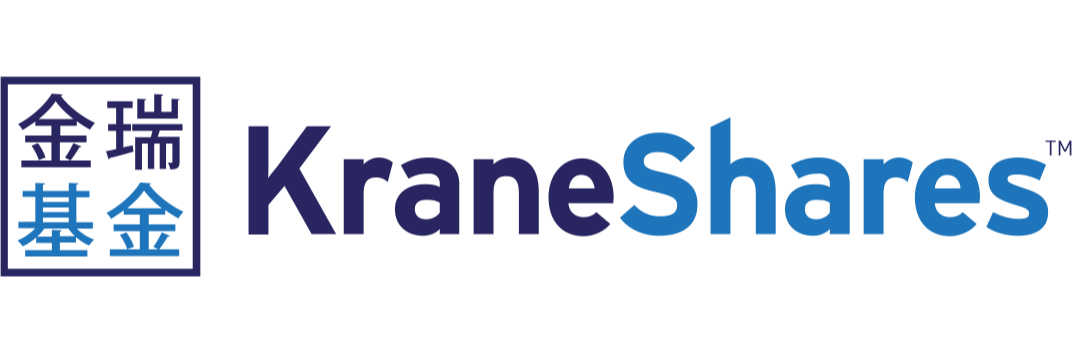With Chinese tech valuations in freefall for more than a year due to state interference, investors have looked to strategies such as the dollar-denominated $361m KraneShares CSI China Internet UCITS ETF (KWEB) and $281m HSBC Hang Seng Tech UCITS ETF (HSTE) to position themselves for a potential recovery.
In an unsettling year for both products, KWEB plummeted 63.9% over the past 12 months, as at 21 April, while HSTE has returned -53.5%, according to data from ETFLogic.
Interestingly, KWEB’s behemothic US cousin, the $5.4bn KraneShares CSI China Internet ETF (KWEB), has enjoyed extraordinary popularity in recent months, gathering $2.5bn inflows over the past six months.
As is often the way, the success of US thematics does not also translate the same way into the European market, given its size and makeup – namely with fewer retail investors.
The European KWEB has seen $121.8m outflows since the start of the year. In contrast, HSTE has enjoyed $138m inflows so far this year with $106m of this coming over the trailing month alone.
Exposure and methodology
Launching on 9 December 2020, HSTE is the younger of the two ETFs and tracks the Hang Seng Tech index of the 30 largest tech companies listed in Hong Kong.
The ETF allocates 6.9% to industrials, 8.4% to consumer discretionary, 5.7% to healthcare, 1.3% to financials and 77.7% to tech – with high exposure to tech subthemes including cloud, eCommerce, FinTech and the internet.
HSTE also employs an innovation screening process which requires companies to have a technology-enabled business venture, research and development expense to revenue ratio of at least 5% or year-on-year revenue growth of at least 10%. Each constituent is capped at a weighting of 8% at quarterly rebalance dates.
The weight of the top 10 holdings comes to a combined 70.7%, with a median constituent weighting across the basket of 1.8%. HSTE currently has four allocations above 8%, to Sunny Opticals, Tencent, Alibaba and Meituan.
Europe’s largest China internet thematic, KWEB, launched in November 2018 and tracks the CSI Overseas China Internet index of 51 companies involved in internet software and services, the manufacture of home entertainment and educational software, the provision of retail and commercial services through the internet, and the development and marketing of mobile internet software.
Unlike HSTE which only captures Hong Kong-listed companies, KWEB has a 66.9% weighting to Hong Kong listings and a 33.1% weighting to US listings of Chinese companies, which is a notable consideration given uncertainty over how long such arrangements will be able to continue.
The provider of KWEB’s underlying index excludes securities with average trading value of less than $3m or daily average market cap of less than $2bn.
The benchmark also uses the increased diversification limits available under Regulation 71 of the UCITS Regulations, meaning it can have positions in constituents issued by the same body of up to 20% of total assets.
KWEB’s median constituent weight is a modest 0.9% and the weight of its top 10 constituents is 64%, however, its two top allocations – Alibaba and Tencent – have sizeable weightings of more than 10% apiece.
Overall, HSTE is a more concentrated play but features some interesting caveats around maximum single stock weightings and innovation eligibility.
KWEB’s approach is more unconstrained, with a larger basket, but the dominant role played by Alibaba and Tencent will come as little surprise to any familiar with China’s eCommerce, entertainment and fintech spaces.
Cost breakdown
In terms of cost, HSTE is undoubtedly the cheaper of the two products. With a total expense ratio (TER) of 0.50%, HSTE is a third cheaper than KWEB with its sizeable fee of 0.75%.
The costs associated with trading the two ETFs also favour HSTE, with Bloomberg Intelligence data showing KWEB has a 0.16% spread on its primary listing versus just 0.01% for HSTE.
Notably, both ETFs return yield to their investors by engaging in securities lending, an activity which returns an average of 0.06% a year for both products.
Overall, KWEB remains the larger and more well-known product with a longer track record, however, asset flows in recent months would suggest investors are mindful of HSTE’s slightly less severe losses and lower cost of ownership. It will be interesting to see how both retain or add assets should a China tech recovery kick into gear.
This article first appeared in ETF Insider, ETF Stream's monthly ETF magazine for professional investors in Europe. To access the full issue, click here
Related articles




